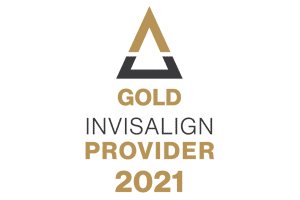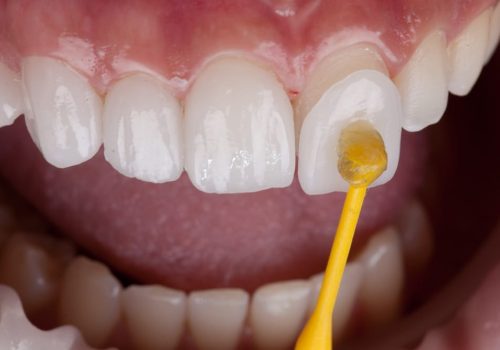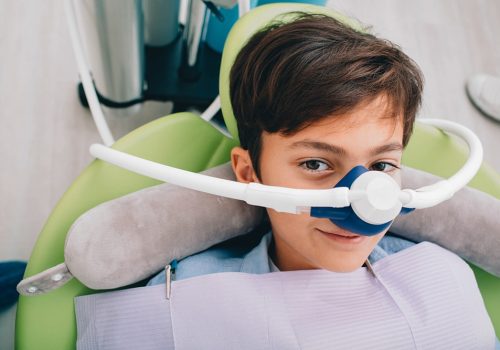Your Trusted Dental Care Provider In Manchester, CT
At Manchester Family Dental, we’re not just about teeth—we’re about people. For over 30 years, Dr. Bradley J. Daar and our compassionate team have been dedicated to creating smiles that shine and last. Our philosophy is simple—your comfort, your health, and your smile are our top priorities. We combine state-of-the-art technology with a friendly, approachable style to make your dental experience as comfortable and rewarding as possible.
Personalized Care Plans
State-of-the-Art Technology
Comfort & Convenience
Welcome to Manchester Family Dental
Welcome to Manchester Family Dental, your trusted partner in achieving and maintaining optimal oral health and a beautiful smile. Our Manchester, CT dental practice is dedicated to providing the highest quality dental care in a welcoming and comfortable environment. We understand that each smile is unique, and we tailor our services to meet your individual needs.





PATIENT TESTIMONIALS
Real Stories From Our Happy Patients
At Manchester Family Dental, our patients’ smiles are our greatest achievements. We take pride in the positive impact we’ve had on the lives of our valued patients. Discover how our dedicated team has transformed smiles and brought happiness to our patients’ lives.

Follow Us
Testimonials
What Others Are Saying





What We Do
Services

Family Dentistry

Cosmetic Dentistry

Invisalign®

Restorative Dentistry

Dental Implants

Periodontal Disease Treatment

Sleep Apnea Treatment

TMJ Treatment

Orthodontics



